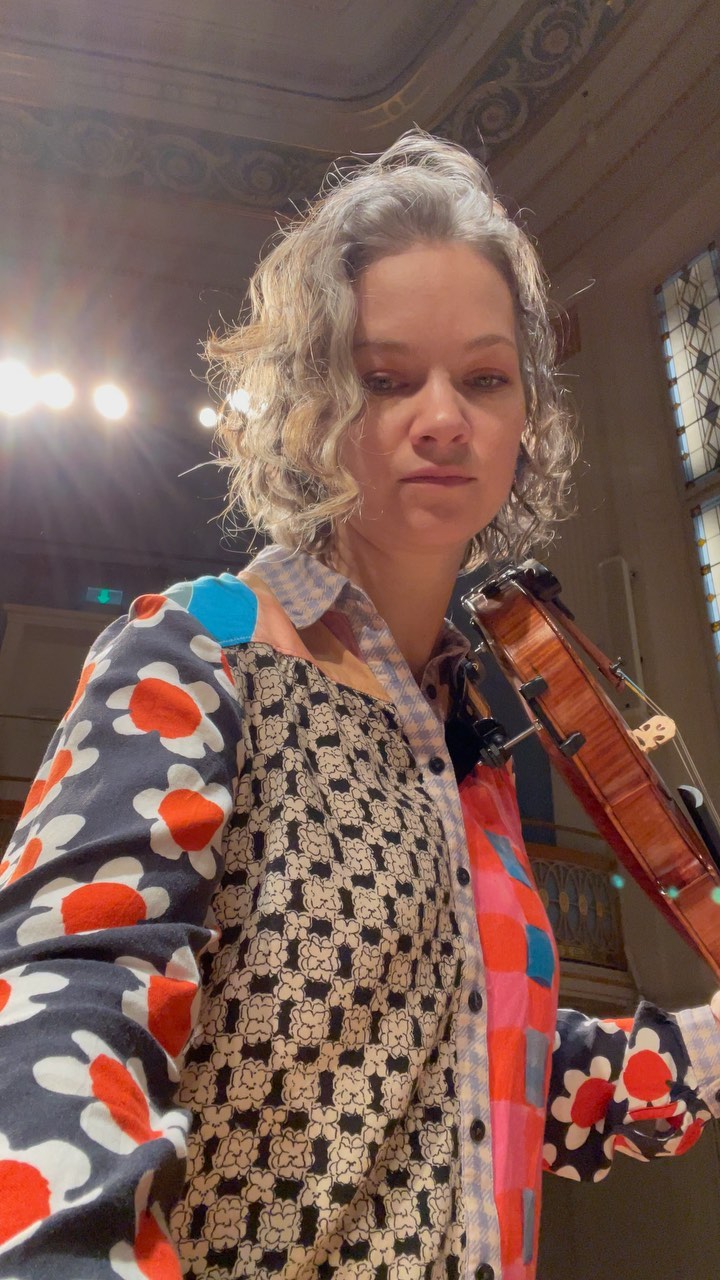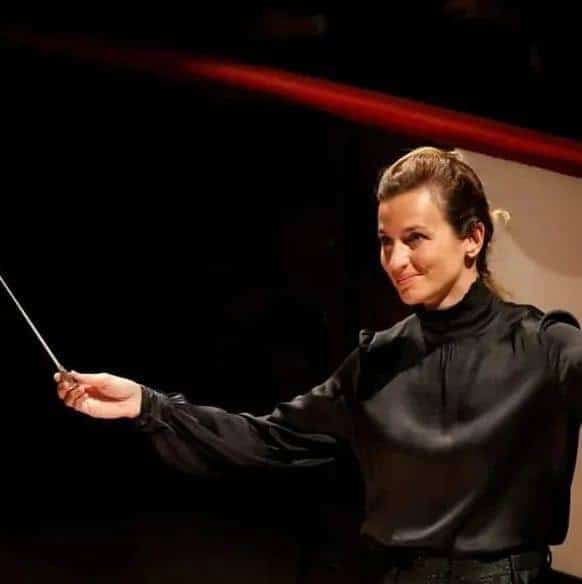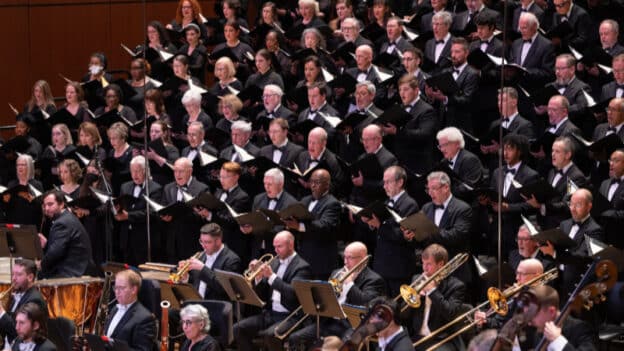Roll over, Beethoven: A computer scientist breaks down Für Elise
mainOne of the happier diversions of the lockdown era is deconstructing the classics.
This is Ben Nacar who works in the computer-science department at Brown University.
Stay with him. He gets seriously boogie.







Ah, but these days we’re only playing the Corona Version of Für Elise. No chromatics allowed! Keep a safe distance between notes! No interval may be smaller than a major third!
https://blogs.nmz.de/badblog/2020/03/20/mindestens-eine-grosse-terz-abstand-halten-ludwig-van-beethovens-fuer-elise-corona-version/
or
https://tinyurl.com/u3rujzv
Another uplifting start to the day. This has the great advantage of being not only brilliantly intelligent, but also huge fun! Ben is one fine pianist, so his pastiches really do nail it – and a second career beckons. I do so wish I could do that!
Norman, once again, thank you for brightening these dark days.
Has anyone any insight into the musical joke Beethoven was obviously playing with this music? He pits 2 x 3 16ths to 3 x 2 16ths and uses the 2-note phrase (half step or octave) to really confuse the meter!
super!
Thanks for posting, I enjoyed watching! Nice to see such artistic computer-scientist!
hi norman, what’s your address? just need it for research purposes, thanks.
Brillant.
Great!
Pity he doesn’t make any attempt at saying the name of the piece in German.
Otherwise, great. Especially the Debussy at around 10 minutes.
Shame that he fails to note that the finale of the D minor Sonata is marked Allegretto. It is a far too common misconception today to think that playing faster than it should be makes the music more exciting
Totally amazing. And this man is a computer scientist, not a professional concert pianist??? Really?
Love it. Great imagination
Well-done!!!
Just because the left-hand notes in the left hand are divided 3 in the left hand and three in the right does not give you a readon to phrase them like TWO triplets in a hemiola of THREE beats! There are no phrase marks over the six notes, and therefore there is no reason not to phrase them as the time signature indicates: three beats with two notes to a beat.
Think about it!
Thank you for a brilliant diversion. Very engaging, and his own web page (you can google to find it) shows a lot of spirit—and this is not even his “main job”.